Do Thermal Curtains Really Work? Pros, Cons, & FAQ
-

- Last updated:
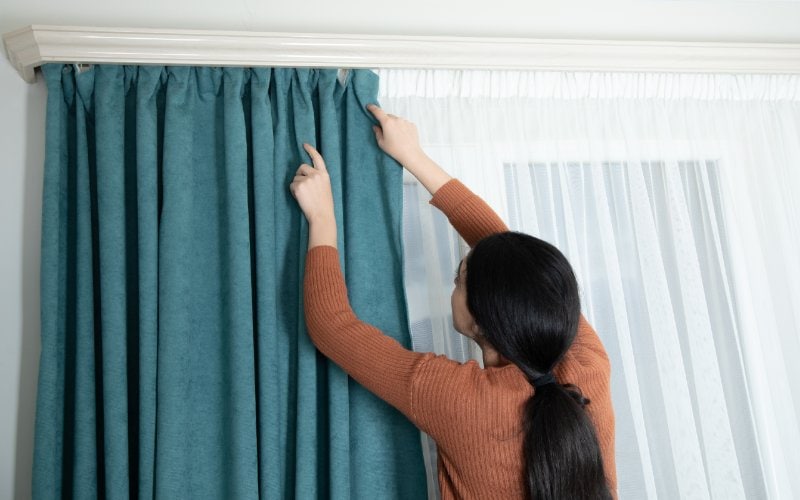
If you want to maintain your room’s temperature, you have probably come across thermal curtains. You may have heard that they reduce drafts by the window, block out light, and dampen noises, but do thermal curtains work?
Yes, thermal curtains work. And the best part is that they can function effectively even during summer and winter. They work by reflecting solar radiation and lessening heat absorption during summer. Apart from enhancing your home’s comfort, thermal curtains also increase energy efficiency by cutting down on fuel and eventually slashing utility bills.
This post has outlined what thermal curtains are, how they work, how they should be installed, and whether they can work during summer. In addition, you will also learn how they should be installed, whether they are similar to blackout curtains, and the perks of owning them.
Let us dive in so you can realize just how much thermal curtains can do for you.
 What Are Thermal Curtains?
What Are Thermal Curtains?
Thermal curtains are extra fabric with substantial padding to prevent air from entering your home through the window. They are made from multiple layers of materials to improve the energy efficiency of your house. These curtains often come in three layers, although two to four-layer drapery are also available.
Thermal curtains are primarily used to provide thermal resistance, also known as R-value, and prevent thermal conductivity, otherwise referred to as U-value.
The beautiful outer part of the curtain is typically made from wool, silk, polyester, linen, and cotton, and it usually faces your room’s interior. The inner middle layer of the curtain is a heat-resistant material mostly made from thick cotton batting, wool, flannel, or foam. The third layer, also known as the backing, acts as the lining that shields the center region from sunlight.
Backings are made from vinyl, reflective films, and cotton fabrics. Therefore, they act as vapor barriers protecting the middle layer from the dampness around windows. However, some curtains come in four layers, serving as the vapor barrier. Light-colored backings are perfect for use during summer since they reflect light and heat.
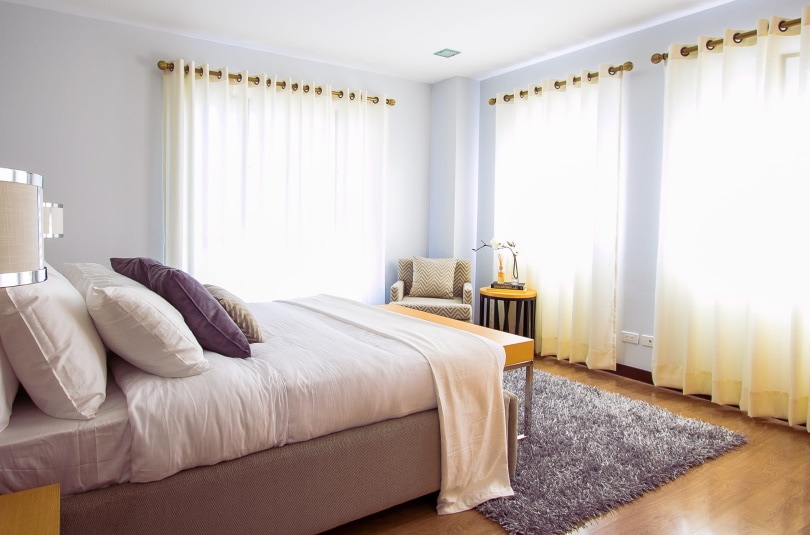
How Do Thermal Curtains Work?
Thermal curtains minimize heat transfer through a dead air space between your window and the rooms. A thermal curtain retains heat during the winter thanks to its heat-insulating fabrics while reflecting heat during summer. A firm seal then regulates how air flows in a room and minimizes how heat escapes through windows.
Insulating materials are assessed using R values, and the insulation improves as the R-value increases. If a material has a higher R-value, then it insulates heat better. R-value ranges from 0, representing open air, to 60, indicating attic insulation. R-values for standard pane windows are R-1 or lower, while those of insulated windows are from 2 to 7and energy-rated windows enjoy an R-value of 3.
An insulated wall near a window can be R-15. Windows are a pathway for welcoming heat or losing it because heat transfer follows the route of least resistance. Therefore, when these curtains are properly set up, they can increase a window’s R-value to 6.
A well-built insulating curtain can reach R-6, significantly reducing heat loss.
Apart from insulating heat, the thick fabrics on thermal curtains also absorb sound.
How Should You Install Thermal Curtains?
You should install thermal curtains correctly for them to work effectively. If they are airtight enough, they will prevent heat flow.
Before installing thermal curtains, seal the fabrics’ bottom, sides, and top and place them near the window frames. Properly closing the window reduces thermal transmittance by up to 19%, and they work best on the window seal or floor.
To further prevent air infiltration, you should set up a cornice or valance above the curtains. If you want optimal results, use velcro, hooks, or magnetic tape by attaching the curtain to the frame or nearby walls. Ensure your curtains overlap generously in the middle to hinder warm air from seeping through gaps and into the room.
To optimize the dead-air space’s thermal efficiency, you should use at least two layers of curtains which will also help you manage light and air.
It would be best if you opened your windows during the day to maximize the sun’s heat, especially over winter. Opening your curtains will also reduce moisture condensation on the windows. Immediately when the sun goes down, close your curtains to maximize their insulation.
When it’s hot outside or throughout the day, draw the curtains on windows that get a lot of sunlight. This keeps the interior colder while shielding items from fading due to the sun’s rays.
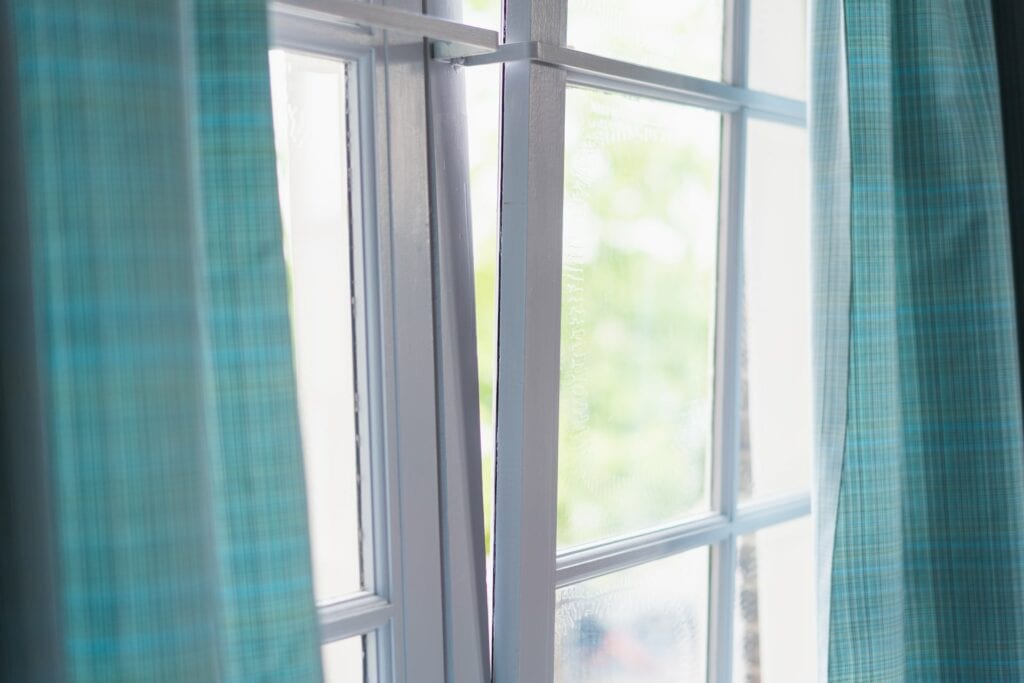
Are Blackout Curtains Also Thermal Curtains?
No, blackout curtains are not thermal curtains. Thermal curtains work similarly to blackout curtains since they block out light, but not all blackout curtains are heat-resistant.
Most blackout curtains are made from heavy materials that prevent light from passing through. Unlike thermal curtains, their interiors contain thin linings that do not block heat transfers. While blackout curtains can prevent heat to a certain extent (thanks to these materials), they cannot provide heat insulation like thermal curtains.
Some blackout curtains, however, have insulating components that allow them to function as thermal curtains.
Are Thermal Curtains Good for Summer?
Thermal curtains work effectively during summer as they do in winter. By reflecting direct sunlight, white drapes (plus medium to light-colored curtains with white drapes) have thermally reflective backing to cut summer heat absorption up to 33%.
The placement of your window will significantly affect energy efficiency as well. West and south-facing windows receive the most light, whereas windows that face the north obtain the least light.
You do not have to use air conditioners when thermal curtains operate well, thus saving energy.
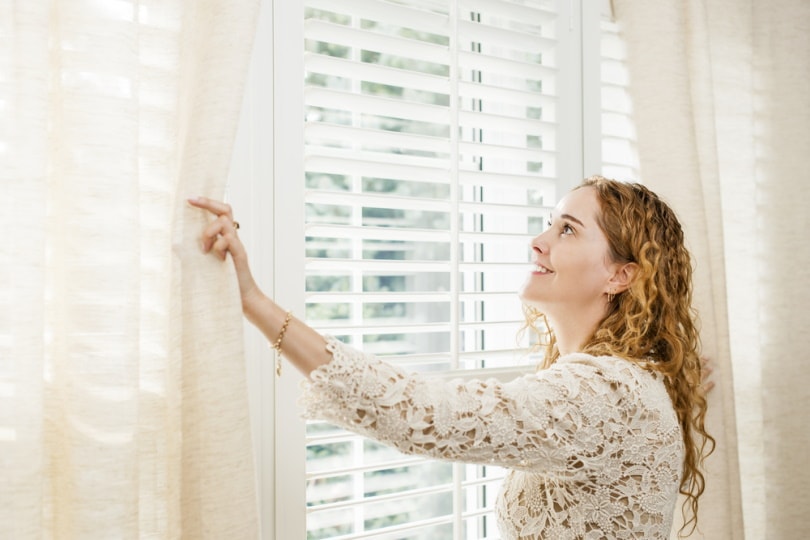
What Should You Consider When Choosing a Thermal Curtain?
When shopping for the best thermal curtains, here are some factors you should consider:
Layers
Since they insulate through many fabric layers, the more the layers used on thermal curtains, the more the heat insulation. Examples of heat-resistant materials that make up the intermediate layer are heavy cotton batting or flannel, which act as the insulating layer.
An excellent thermal curtain must have at least two layers and use blackout technology (blocks 90% of light) for optimal insulation during summer.

Size
A great curtain should be large enough to cover an entire window casing so that it efficiently insulates. Insulated curtains come in different sizes varying from 36 to 52 inches wide with a length of 54 to 108 inches.
You should determine the size you will take depending on the look you want to achieve to accommodate your window. Attach the curtain rod to hang between 3 and 6 inches below the window frame’s bottom for a classic look. Then stretch the curtains 3 inches past either side of the window.
If you want a modern touch, position the curtain pole near the ceiling and let the curtains hang to a height of approximately 1 inch above the ground. You can also allow them to rest on the ground to achieve the illusion of puddles. The blinds or shades must fit perfectly inside the window casing to prevent air from seeping around the blinds’ edges.
Fabric
- Velvet
- Silk
- Microfiber
- Cotton
- Polyester
The best materials for thermal curtains are polyester and microfiber because they withstand moisture accumulation in the air between the windowpane and the drapes.
Aesthetic
Choosing a thermal curtain that complements your decor is simple. They are available in stylish patterns and colors that you can hang alongside sheers and lightweight curtains to liven your house. They come featured in attractive grommet tops, pleated designs, rod pockets, and cuts that you can tailor to achieve a classic, traditional, or modern look.
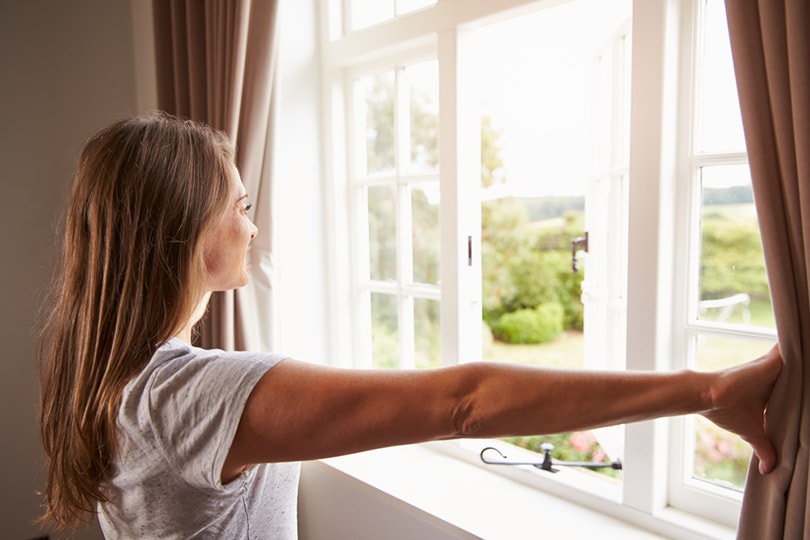
What are The Advantages of Having Thermal Curtains?
Thermal curtains bring more than warmth into your home. They also offer the following benefits:
1. Sound-Proofs your House
Thermal drapes not only prevent heat loss but also keep outside noise out of your house. While they are not completely soundproof, they can minimize the noise of outer surroundings, such as busy roads. You can even enjoy loud music because these insulated curtains also muffle loud music. Thanks to thermal curtains, the noise level in your home may drop by as much as 10 decibels.
2. Preserves Your Heating System

You do not have to use your heating system continuously when using thermal curtains. Therefore, you will increase your heating system’s durability.
3. Save on Heating Bills
Now that you have preserved your heating system, you do not have to keep up with heating bills. Thermal curtains will maintain the heat in your rooms, so you won’t have to continuously run the heating system to keep your desired temperatures. In addition to insulated curtains’ resilience, hotels use thick thermal curtains to lower their energy bills significantly.
4. Provide Maximum Privacy
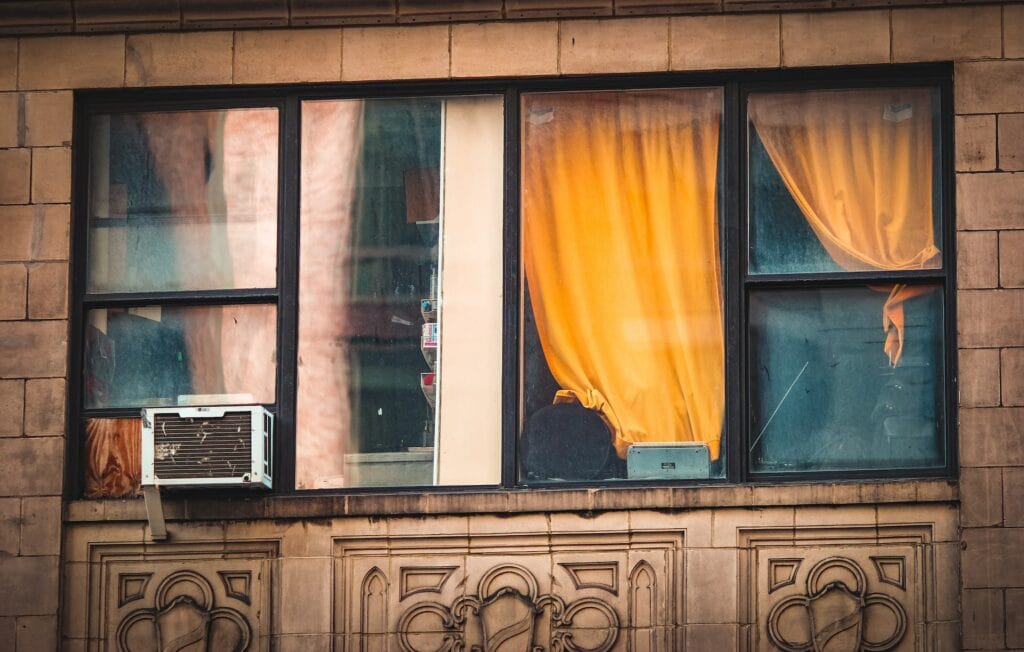
Thermal curtains block out sunlight thanks to their insulating property, enabling you to sleep better even on sunny mornings. And because they are made of dense materials, you can enjoy 100% privacy in your house.
5. Spruces Up Your Home
If you want to enhance the beauty of your house, you do not have to redecorate your home. You can transform your home using a fresh pair of thermal curtains which are a less costly option for updating your home’s appearance.
6. Provide Greater Comfort

Did you know that thermal curtains reduce heat loss through the windows by up to 25%? Well, insulated drapes also block condensation from forming on your window panes. As such, thermal curtains generally make your home cozier and more peaceful.
7. Variety of Options
You will not run out of options regarding thermal curtains’ patterns, fabrics, and colors. You can even have a curtain heading fashioned to suit your needs.
What Are the Disadvantages of Thermal Curtains?
- Thermal curtains won’t do the trick if you want a way to completely black out your window because sunlight will still get through.
- They mostly use off-white or cream as the primary lining color.
- They are not entirely reliable in providing privacy. When the curtains are drawn at night, onlookers can still see into your house from the outside.
What Are Thermal Blinds?
Thermal blinds are energy-efficient light fabrics that keep your house warm. If you don’t like curtains, thermal blinds can save your day, coming in various designs, patterns, and colors. You will love thermal blinds because they offer every advantage of thermal curtains.
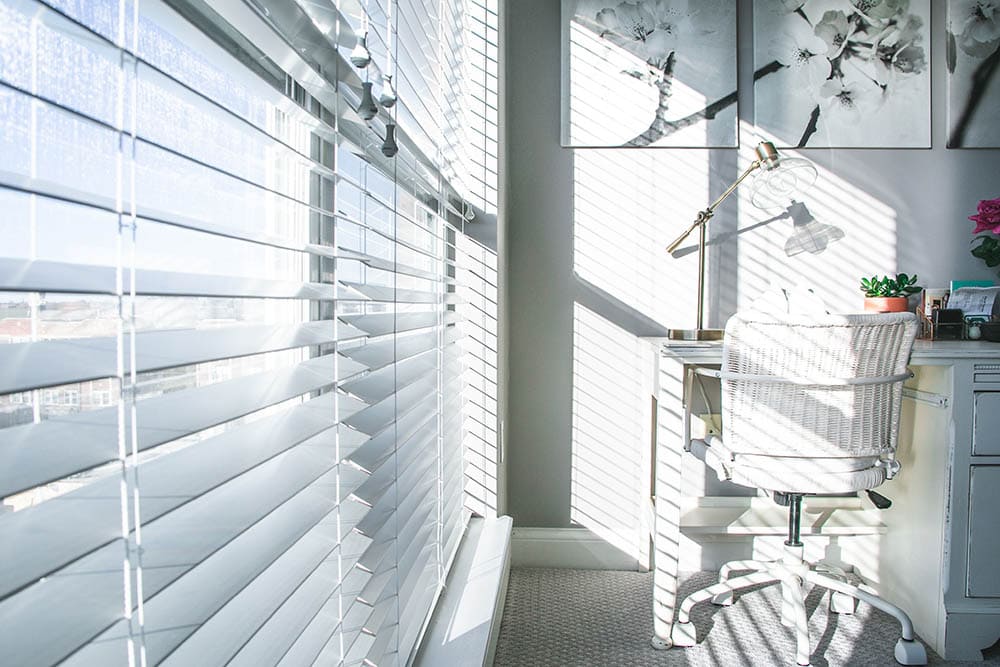
How Should You Maintain Thermal Curtains?
The style and fabric of your thermal curtains will determine how you should maintain them. Some materials are machine washable, while many thermal drapes are safe to use in the dryer. But before tossing these curtains into the washing machine or taking them into the dry cleaner, you should ensure that you have read the manufacturer’s instructions.
However, you can open the curtains as often as possible to remove excess moisture. Depending on your curtains’ materials, you can spray them with an up-upholstery cleaner, then use a vacuum cleaner to eliminate the excess water that may be left behind.
How Should You Pick Your Curtains?
To improve your home’s energy efficiency, do not mix thermal curtains, which are made to retain heat on cold days, with solar curtains (heat-reflective). Doing this will cause the solar curtains to block the sun’s heat during summer.
It would help if you also avoided thick-clothed drapes having a single layer. While they are okay for some bit of insulation, they do not have multi-layered designs. Steer away from drapes with a weak additional layer loosely stitched onto the curtain cloth. However, you can search for drapes with a solid foam core instead.
Measure your window before buying one, then select drapes that will overlap the floor when hanging close to the ceiling.
 Conclusion
Conclusion
There you have it! You must admit that thermal curtains offer more benefits than disadvantages and the best part about them is that they actually work! All you will have to do is appropriately install them facing the right directions while considering the R levels.
In addition, you can choose from various styles, colors, and patterns, so you do not have to settle for the material you are not happy with. You can have a functional and attractive curtain draped in different styles, colors, and designs to suit your needs.
If you want to get the most out of thermal curtains, choose a robust and well-made design of the right size and place the curtains near the windows for a tight seal!
See also: How Do Cordless Blinds Work? The Interesting Answer!
Featured Image Credit: Tiko Aramyan, Shutterstock
Contents
 What Are Thermal Curtains?
What Are Thermal Curtains?